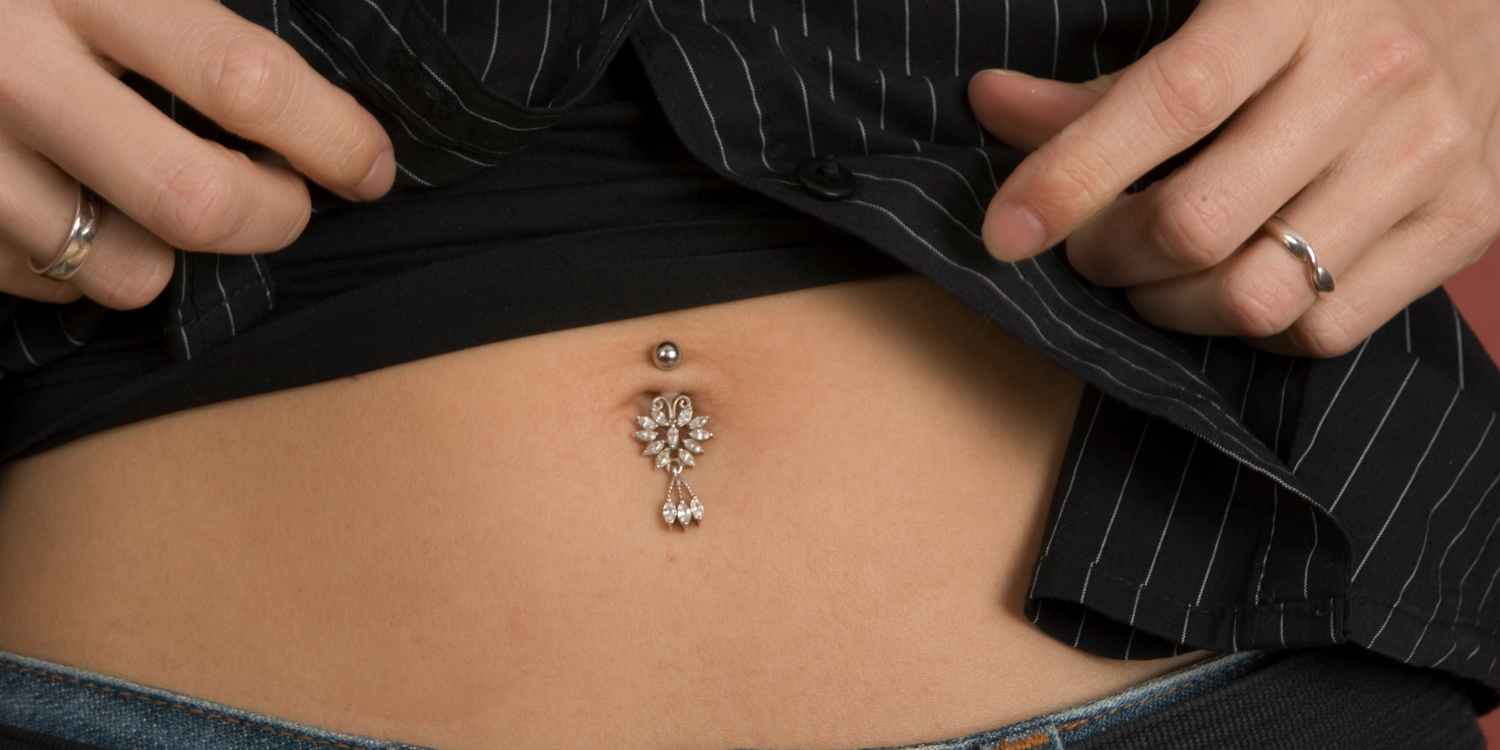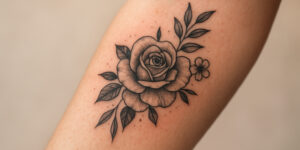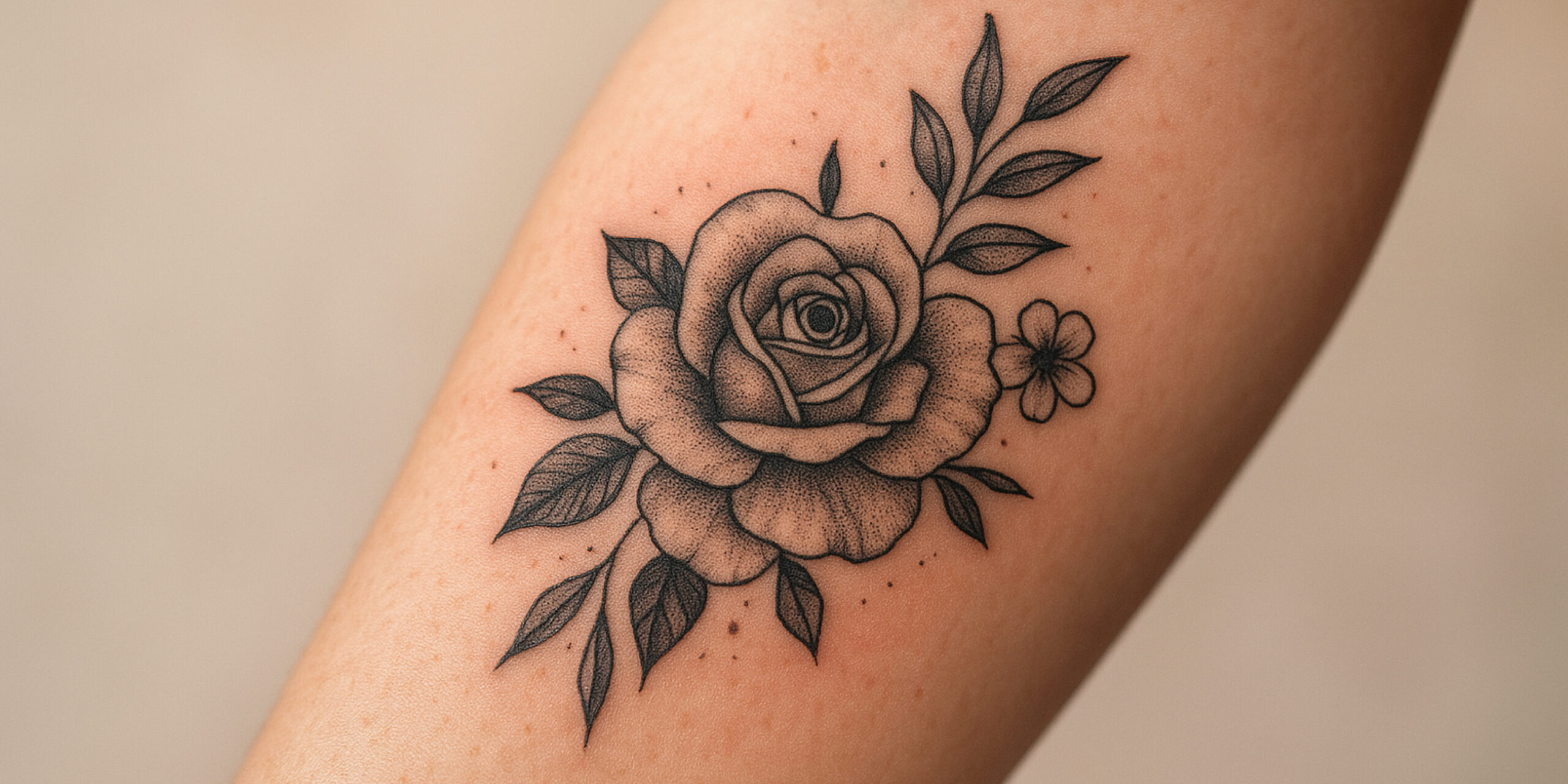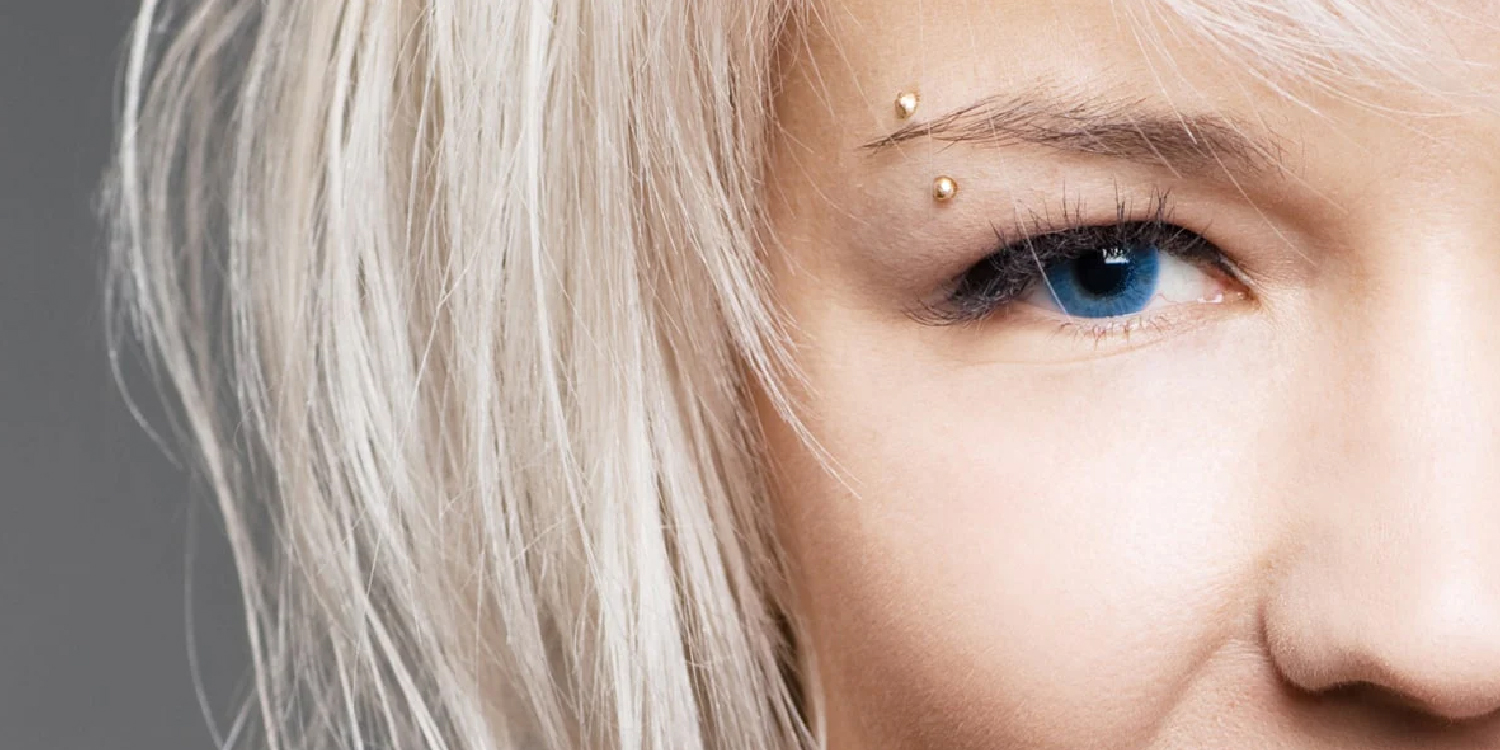Complete Navel Piercing Guide: Your Ultimate Resource for Expert Advice and Tips!
Navel and belly piercing have become increasingly popular in recent years, with many people opting for this type of body modification as a form of self-expression. However, before deciding to get your navel or belly pierced, it is important to know all the facts about the procedure, aftercare, and potential risks involved. In this article, we’ll provide a complete guide to navel and belly piercing, covering everything from the types of piercings available to the healing process and beyond.
Types of Navel and Belly Piercings
When it comes to navel and belly piercings, there are several types to choose from. The most common types include:
Standard Navel Piercing: This type of piercing involves the placement of a single barbell through the upper rim of the navel.
Inverted Navel Piercing: This type of piercing is done on the bottom part of the navel, with the jewelry facing downwards instead of upwards.
Horizontal Navel Piercing: In this type of piercing, the jewelry is inserted horizontally through the navel.
Vertical Navel Piercing: This type of piercing involves inserting the jewelry vertically through the navel, from top to bottom.
Belly Button Piercing: This type of piercing is done on the surface of the skin around the navel, rather than through the actual navel.
Choosing the right type of piercing depends on your personal preferences, anatomy, and lifestyle.
Preparing for Navel and Belly Piercing
Before getting your navel or belly pierced, there are a few things you can do to prepare yourself for the procedure:
Choose a reputable piercer: Make sure the piercer you choose is licensed, experienced, and follows proper hygiene and safety protocols.
Eat a healthy meal: Make sure you eat a healthy meal before your appointment to avoid feeling lightheaded or faint during the piercing.
Wear comfortable clothing: Wear loose, comfortable clothing that will not rub against the piercing site.
Avoid alcohol and blood-thinning medication: Avoid alcohol and blood-thinning medication for at least 24 hours before the procedure to reduce the risk of excessive bleeding.
The Piercing Procedure
The piercing procedure usually takes only a few minutes to complete. Here’s what you can expect:
The piercer will mark the area where the piercing will be placed.
The area will be cleaned with a disinfectant solution.
The piercer will use a sterilized needle to create the piercing hole.
The jewelry will be inserted into the piercing hole.
The piercer will provide instructions on aftercare.
Aftercare for Navel and Belly Piercing
Proper aftercare is crucial for the healing process and for preventing infection. Here are some general guidelines for navel and belly piercing aftercare:
Clean the piercing site with a saline solution twice a day.
Avoid touching the piercing site with dirty hands.
Avoid submerging the piercing in water, including swimming pools and hot tubs.
Wear loose clothing that will not rub against the piercing site.
Avoid tight-fitting clothing and underwear.
Avoid applying creams, lotions, or ointments to the piercing site.
Don’t remove the jewelry until the piercing has fully healed.
Potential Risks and Complications
Like any body modification, navel and belly piercing comes with potential risks and complications. These may include:
Infection: Infection can occur if proper aftercare is not followed.
Navel piercing has become a popular form of self-expression, but it also comes with potential risks and complications. One of the most common risks associated with a navel piercing is infection.
Infection can occur when the piercing site is not properly cleaned and cared for. Symptoms of infection may include redness, swelling, pain, discharge, and fever. In some cases, the infection can spread and lead to more serious health issues.
To prevent infection, it is essential to follow proper aftercare guidelines. This includes cleaning the piercing site with a saline solution twice a day, avoiding touching the piercing site with dirty hands, and avoiding submerging the piercing in water. It’s also important to wear loose clothing that won’t rub against the piercing site and to avoid applying creams, lotions, or ointments to the area.
Another risk associated with a navel piercing is an allergic reaction. Allergic reactions can occur if the jewelry is made of a metal that the body is allergic to. Symptoms of an allergic reaction may include itching, redness, swelling, and pain.
In some cases, the body may reject the piercing, causing it to migrate or even fall out. This can happen if the jewelry is too heavy or if the piercing is not placed correctly.
To reduce the risk of complications, it’s important to choose a reputable piercer who uses sterilized equipment and follows proper hygiene and safety protocols. If you notice any signs of infection or other complications, seek medical attention immediately.












